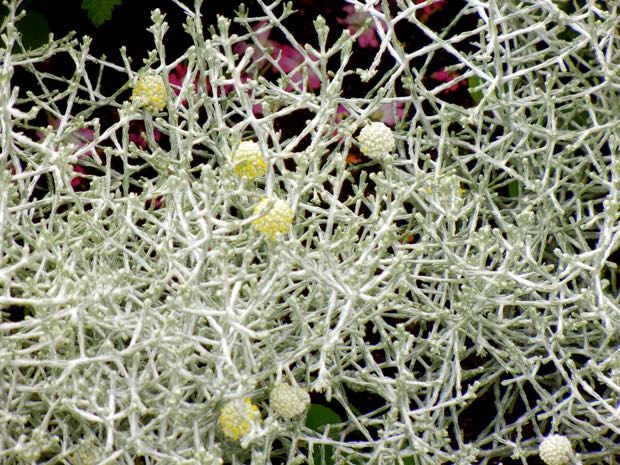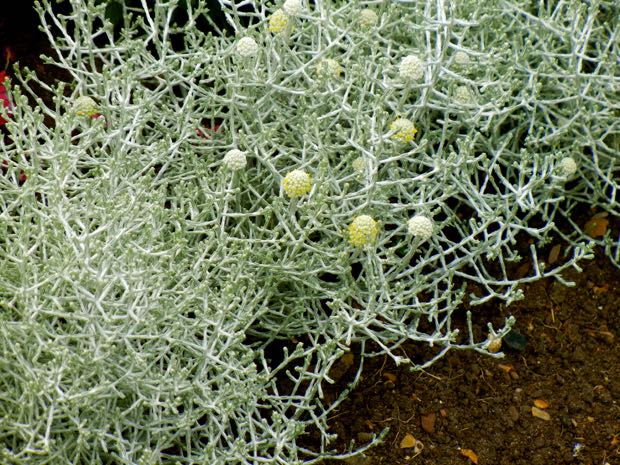Leucophyta Brownii: A Striking Perennial from Australia
Background and Family: Leucophyta brownii, commonly known as Cushion Bush, belongs to the Asteraceae family of plants. This evergreen perennial shrub is native to Australia and was originally described by Scottish botanist Robert Brown in 1818. It is known for its distinctive silver scale-like leaves and stems, adding a unique touch of color to borders and landscapes. With its coastal origin, Leucophyta brownii thrives in coastal areas and exhibits tolerance to coastal winds.
Description and Special Features: Leucophyta brownii typically grows in a tight-rounded form, reaching a height of up to 1 meter, however, it is slow-growing. The plant’s silver scale-like leaves and stems contribute to its striking appearance, making it an eye-catching addition to any garden. This drought-tolerant species is evergreen and flourishes in full sun. During the summer, it produces globular flowers in shades of yellow and white, further enhancing its ornamental value.
Cultivation of Leucophyta brownii:
Sunlight: Leucophyta brownii thrives in full sun, although it can tolerate partial shade if necessary. Providing ample sunlight will promote healthy growth and vibrant foliage.
Watering: Regular watering is important for Leucophyta brownii, but it’s crucial not to overwater. The soil should be kept moist but not overly saturated. Finding the right balance is essential to prevent waterlogged conditions that could harm the plant.
Fertilizer: Apply a balanced fertilizer once a month during the growing season to support the plant’s overall health and vigor. This regular fertilization will provide the necessary nutrients for optimal growth and flowering.
Hardiness and Winter Care: Leucophyta brownii is hardy in USDA zones 9-11. In colder climates, it is advisable to bring the plant indoors during the winter months to protect it from frost and freezing temperatures. By providing suitable indoor conditions or adequate winter protection, you can ensure the plant’s survival and enjoy its beauty year after year.
Propagation:
Leucophyta brownii can be propagated through two methods: division and seed propagation.
- Division: To propagate by division, carefully divide the rootball of the plant into two or more sections, ensuring that each section has at least one healthy root. Plant the divisions in new pots or in the ground, providing them with suitable growing conditions.
- Seed Propagation: To propagate by seed, sow the seeds in a pot filled with moist potting mix. Maintain a consistent level of moisture and warmth. The seeds will typically germinate within approximately two weeks.
Salt Tolerance: Leucophyta brownii displays excellent tolerance to salt spray, making it an ideal choice for coastal gardens that are exposed to salty conditions.
Drought Tolerance: This species exhibits exceptional drought tolerance, making it a suitable option for xeriscaping projects or areas with limited water availability.
Pests and Diseases: Leucophyta brownii is generally resistant to pests and diseases. However, like many plants, it may be susceptible to scale insects and mealybugs. Regular inspection and appropriate measures, such as manual removal or targeted treatments, can help manage any infestations effectively.
With its captivating silver foliage, coastal adaptability, and low-maintenance nature, Leucophyta brownii, or Cushion Bush, is an exceptional addition to gardens and landscapes. By following proper cultivation techniques and providing the necessary care, you can enjoy the beauty and resilience of this striking Australian perennial.






